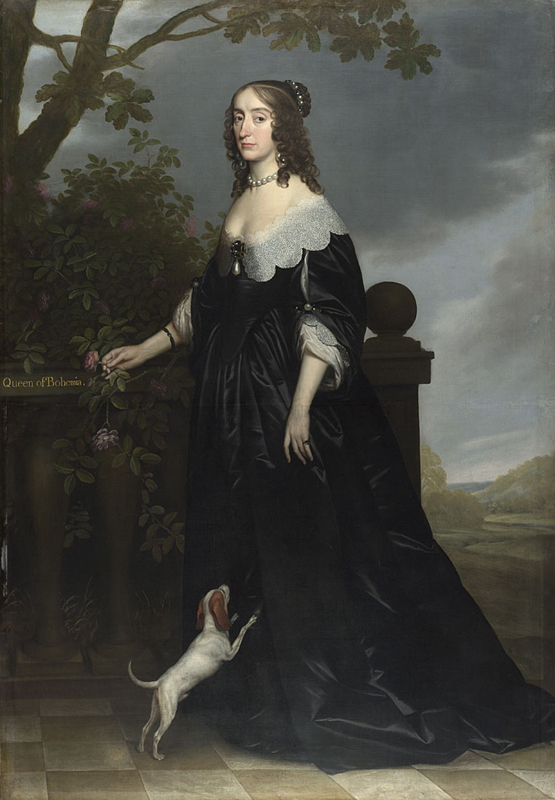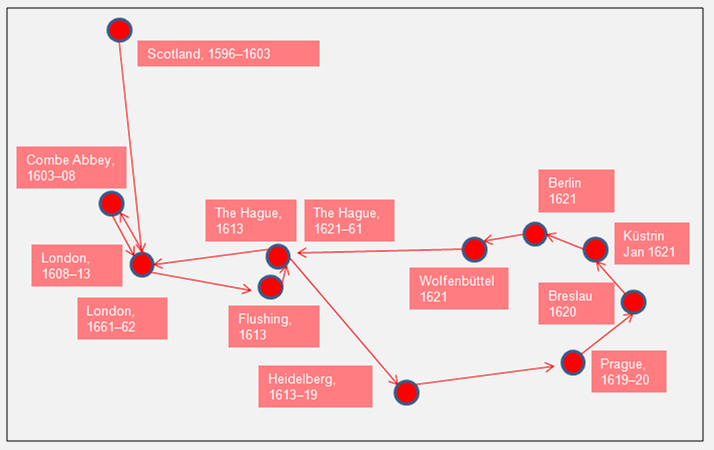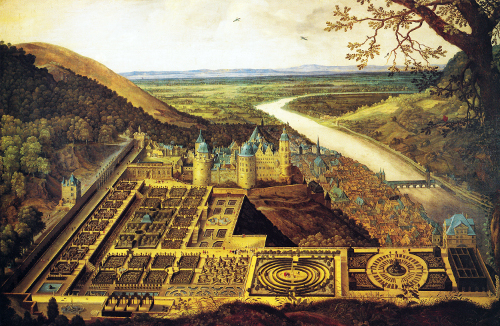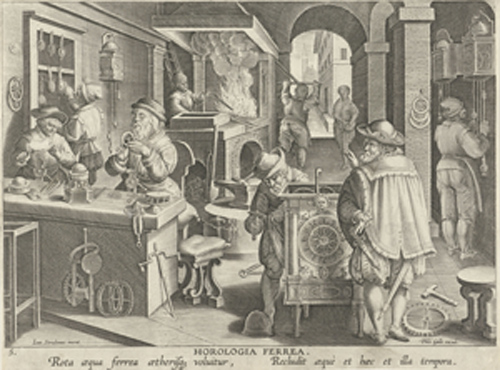Over the past couple of years those dipping in and out of EMLO with regularity will have witnessed increasing commitment to and engagement with growing numbers of students. Not only is EMLO’s impressive team of Digital Fellows drawn primarily from Oxford’s student cohort, but we couldn’t be more delighted that the pioneering Bodleian Student Editions scheme (piloted over these last three terms) will continue in the forthcoming academic year. Now this week we focus on another student catalogue in the form of a cluster of letters from the correspondence of Elizabeth Compton, countess of Northampton (1694–1741). A group of second-year History undergraduates, who in Hilary term took the Further Subject ‘Writing in the early modern period’, checked the metadata from the (sadly not-always entirely accurate!) Bodleian card catalogue, entered a range of salient corrections, enhanced the records with additional details, and worked up a number of transcriptions. The results make for a fascinating read.
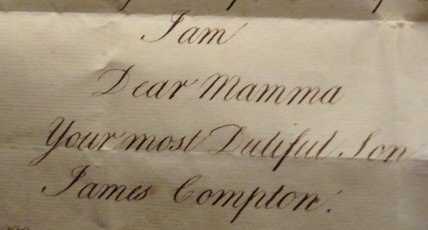
Detail from letter of 29 August 1734 from James Compton to his mother Elizabeth. (Bodleian Libraries, MS Eng. letters e. 2, fols 70–71).
Elizabeth was the daughter of Robert Shirley, a man who — having failed to stand as a member of Parliament for Staffordshire — was elected Fellow of the Royal Society on 11 January 1699 only to die from smallpox six weeks later. Orphaned at the age of five (her mother fell victim to the same disease the following month), Elizabeth became Baroness Ferrers of Chartley suo jure on the death of her paternal grandfather in 1717 and Countess of Northampton through her marriage to James Compton, fifth earl of Northampton (1687–1754). Although a number of sources indicate the couple had no male offspring, it is clear from the correspondence that this was not the case: all but one of the letters with which the students worked are addressed to Elizabeth, and of these the large majority concern the well-being of her son.[1. The letters entered the Bodleian’s collections in 1931. See Mary Clapinson and T. D. Rogers, Summary catalogue of post-medieval western manuscripts in the Bodleian Library, Oxford: acquisitions 1916–1975 (Oxford, 1991), vol. 1, p. 374.] It turns out young James Compton was born in 1723.[2. C. F. R. Palmer, The History of the Town and Castle of Tamworth: In the Counties of Stafford & Warwick (1845), p. 376. The couple had previously had an elder son, George, but he had lived only a year.]
With Elizabeth based in Northampton (at Castle Ashby),[3. Bridget Cherry and Nicolaus Pevsner, The Buildings of England: Northamptonshire (London, 1973), pp. 138–45)] in Warwickshire (at Compton Wynates),[4. See ‘Parishes: Compton Wyniates’, in A History of the County of Warwick: Volume 5, Kington Hundred, ed. L. F. Salzman (London, 1949), pp. 60–7. British History Online http://www.british-history.ac.uk/vch/warks/vol5/pp60-67, accessed 31 July 2017] or in Staffordshire (Tamworth Castle), James is clearly undergoing his education away from her and is in the care of one Nicholas Guillibeau, who writes with dedicated regularity from Fulham. The letters, sent often via ‘by Ashby Bagg Northampton-shire’, are concerned primarily with the boy’s health. A typical entry reads: ‘My Lord Compton continues thank God in very good health except a little Cold His Lordship has got, but no Cough.'[5. Letter of 6 August 1734 from Nicholas Guillibeau to Elizabeth Compton.] At this point, in 1734, James was eleven.
Besides updates on health and an assortment of remedies prescribed, the letters inform his mother of visits from various relatives; of concerts; of a winning lottery ticket for his sister, Jane; of the order and receipt of wine; and we witness his twelfth birthday on 6 July 1734, celebrated with a delivery of venison and its consumption! An incident involving the sister of the school’s headmaster (Mr, or Dr, Croft) is related also: ‘as she was walking out to go to their field, she was run over by a Horse upon full speed whose rider was Drunk, and she was so trempled and bruised by the Horse’s falling upon her that she was took up & brought Home for Dead. She was immediately let Blood & other proper Medicines apply’d which brought her a little to her Self. She lies still in a very weak and dangerous Condition there being yet but small hopes of her recovery.'[6. Letter of 3 August 1734 from Nicholas Guillibeau to Elizabeth Compton.] A trawl through the indispensable Old Bayley Online database reveals this unfortunate sister to have been Ann Croft, described as an ‘old woman’ (actually, she was born in 1683, which makes her fifty-one at the time of the accident) who was brought down whilst walking with two children at the junction of Bear Street (now Rigault Road) and Sow-Gelders Lane (now Burlington Road) by George Turner, a servant, when his horse knocked her over and caught a hind leg in her petticoats. Ann Croft did not survive her injuries and died just eight days later. Turner was charged with murder and acquitted on a verdict of manslaughter.
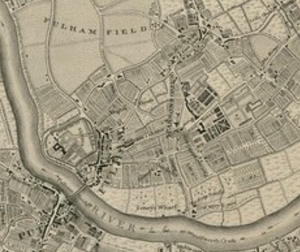
Detail showing Fulham from ‘An Exact Survey of the citys of London Westminster ye Borough of Southwark and the Country near ten miles round …’, by John Rocque. 1746. (Source of image: Wikimedia Commons)
The repercussions of this sad tale are recounted in the letters. Croft’s extended family and the school rallied in support. Certainly Guillibeau speaks of ‘our school’ as if he were employed there — but he appears also to run errands for Elizabeth and members of her family, and to have been closely involved in every aspect of James’s life. He gives reports of clothing and the boy’s growth: ‘My Lords Summer Coat is so very short that the boys have laughed His Lordship out of Conceit with it by telling him that he looks like a Frenchman in it.'[7. Letter of 20 August 1734 from Nicholas Guillibeau to Elizabeth Compton.] And it’s ironic that Guillibeau pokes fun at French fashion, because the published Huguenot archives list him [Nicolas Guillibau] as having taken his oath of naturalization in 1710. Little reference is made to James’s academic studies, although we learn in passing he reads ‘Ovid’s Metamorphosis, and Terence’s plays’.[8. Letter of 15 October 1734 from Nicholas Guillibeau to Elizabeth Compton.] (Sadly, from the perspective of our colleagues at the fascinating Reading Euclid project, there’s not one reference to Euclid.) The school James attended was situated on the east side of Sow-Gelders Lane and seems to have been set up earlier in the century as a French establishment run by Louis Vaslet.[9. See ‘Private Education from the Sixteenth Century: Developments from the 16th to the early 19th century‘, in A History of the County of Middlesex: Volume 1, Physique, Archaeology, Domesday, Ecclesiastical Organization, the Jews, Religious Houses, Education of Working Classes To 1870, Private Education From Sixteenth Century, ed. J. S. Cockburn, H. P. F. King, and K. G. T. McDonnell (London, 1969), pp. 241–55. British History Online http://www.british-history.ac.uk/vch/middx/vol1/pp241-255, accessed 28 July 2017.] Dr Croft, who features so often in these letters, turns out to be Thomas Croft, son of Thomas Croft, rector of Broughton, Lincolnshire, who was admitted to Jesus College, Cambridge, on 27 September 1700. He served as rector of Wrexham, Alderley, and Radbourne.[10. See Clergy of the Church of England database, ID 5410. He died in 1753 and was buried in Alderley, Cheshire.]
Despite Guillibeau’s mention of many letters written by young James, in this collection there is just one from the boy to his mother: in a gorgeous copperplate hand, he discusses his sister Jane’s preference for one pony over another. The saddest note of all in this story is that the poor sickly young James did not survive into adulthood and died just five years after these letters were exchanged, at the age of seventeen. A more positive thread finds a delicious EMLO-esque cross reference concerning the school, however: another pupil known to have attended the establishment just a few years after James Compton was none other than Thomas Pennant, the subject of research by our colleagues at the inspiring Curious Travellers project.
How and why these letters to Elizabeth Compton came to be separated from the bundle that ended up in the possession of her daughter Charlotte is at present a mystery.[10. James’s sister Charlotte (1729–70) married George Townshend, first Marquess Townshend in 1751. As a result, a number of private letters both from and to Elizabeth Compton, ended up in the collection of the Marquess of Townshend and have been published in The manuscripts of the Marquess Townshend … by Great Britain, Royal Commission on Historical Manuscripts (London, 1887), pp. 223–54.] As with EMLO’s previous undergraduate catalogue, that of early bluestocking Sarah Chapone, the letters were selected for their relatively straight-forward hand. In each catalogue, the students have transcribed only a selection and more work remains to be done. From the vantage point of well-earned summer vacations, however, we hope EMLO users will celebrate and explore the work of our talented young scholars. Certainly, we could not be more delighted that EMLO has emerged as a platform to showcase their ongoing work.

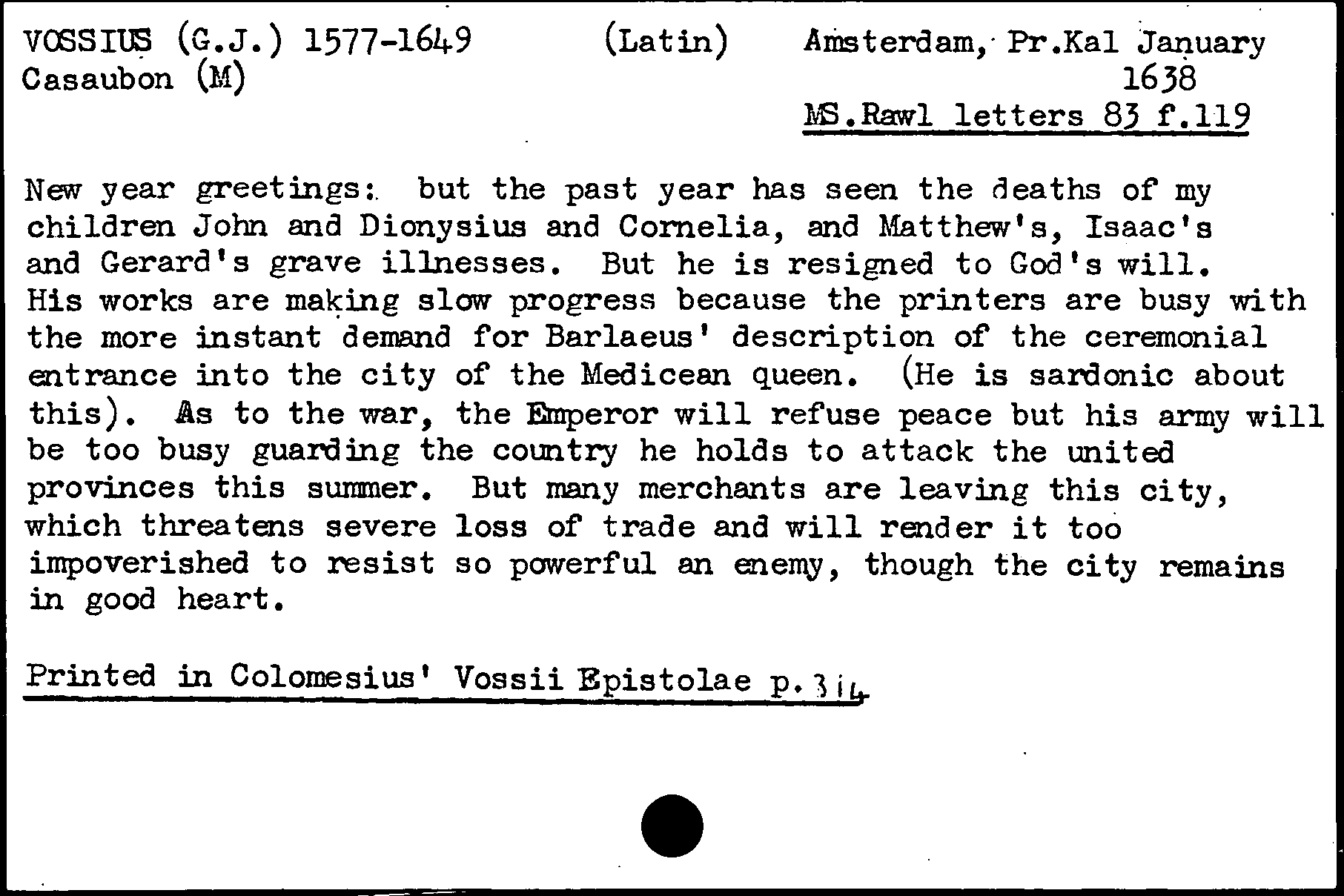 Vossius comes across loud and clear in his correspondence not only as a significant scholar but also as an exceptionally kind and caring individual and family man. When starting working with Bodleian card catalogue records six years ago, it struck me how often and how deeply this man mourned the deaths of those he loved — members of his family and his children, his friends — as well as how he sympathized with and sent comfort to a wide range of correspondents as they struggled to endure similar sorrow and bereavement.
Vossius comes across loud and clear in his correspondence not only as a significant scholar but also as an exceptionally kind and caring individual and family man. When starting working with Bodleian card catalogue records six years ago, it struck me how often and how deeply this man mourned the deaths of those he loved — members of his family and his children, his friends — as well as how he sympathized with and sent comfort to a wide range of correspondents as they struggled to endure similar sorrow and bereavement.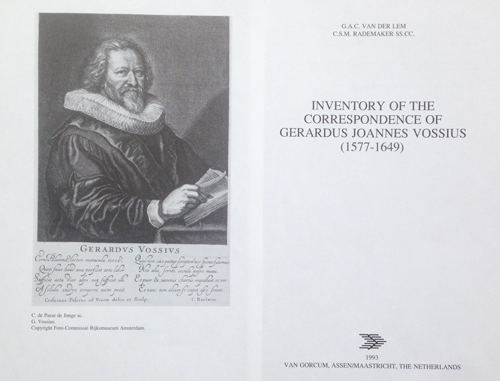

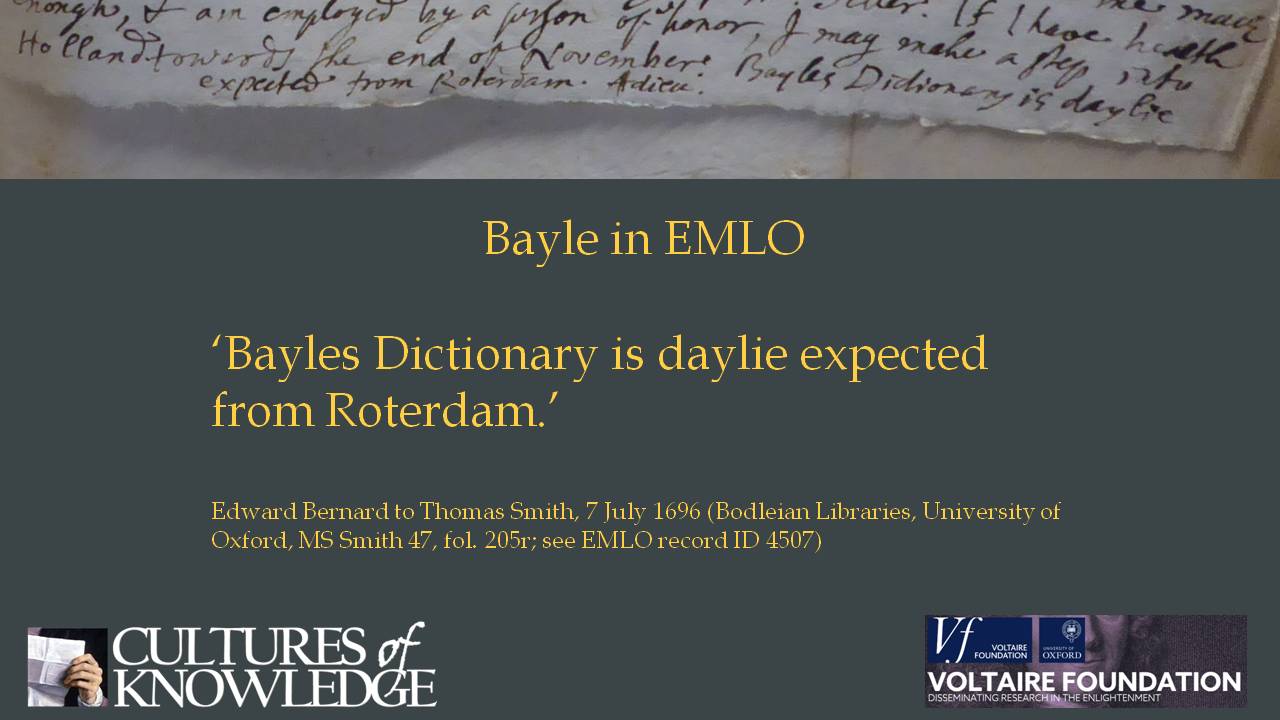
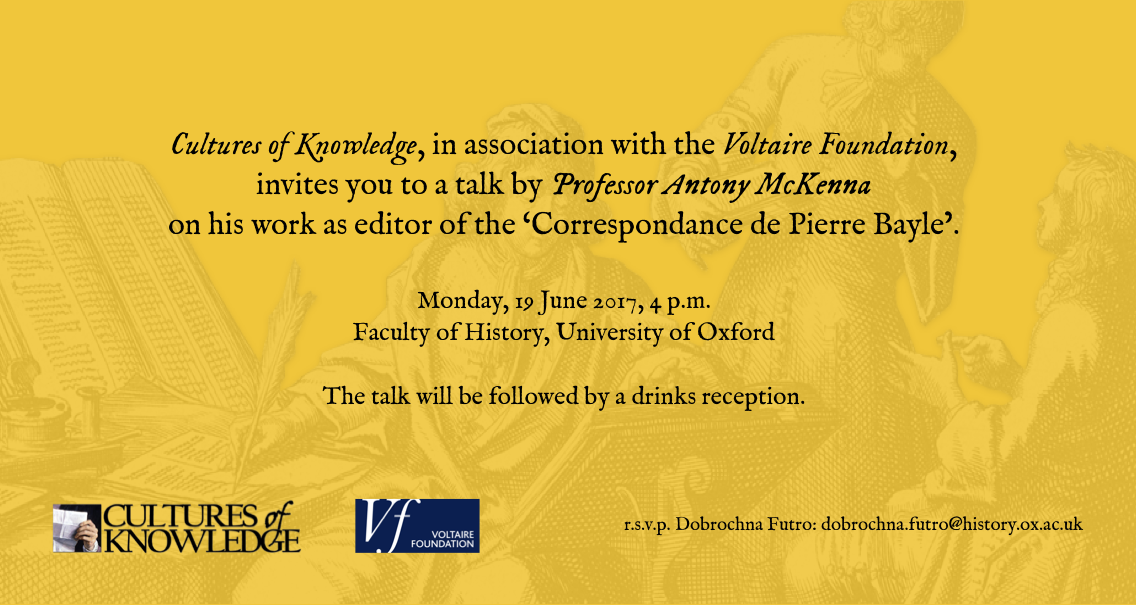
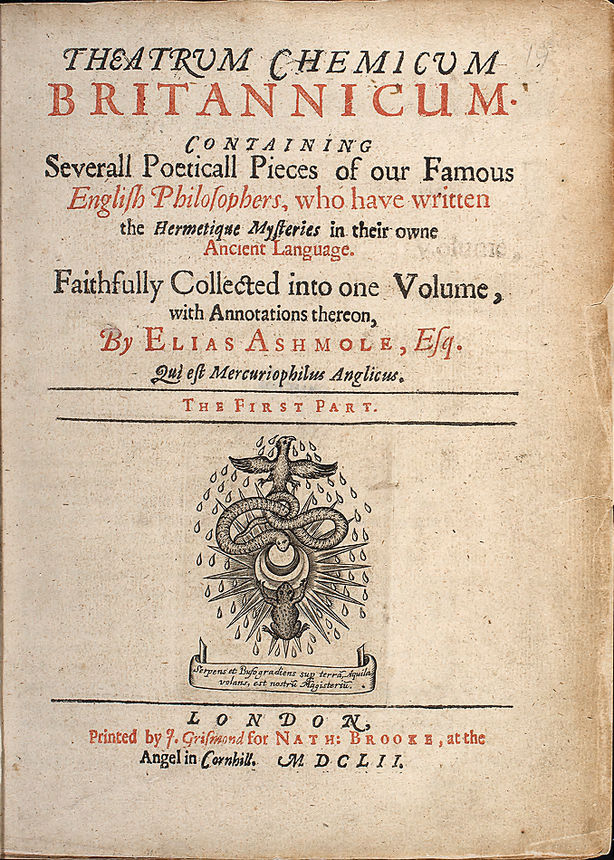
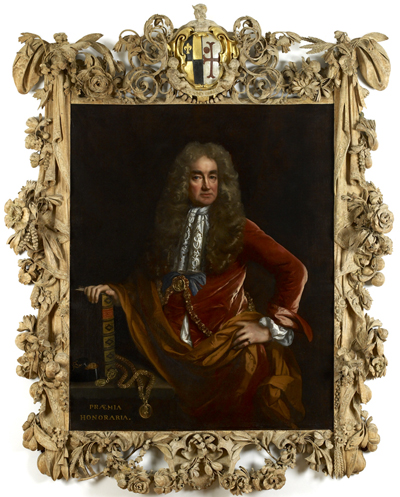
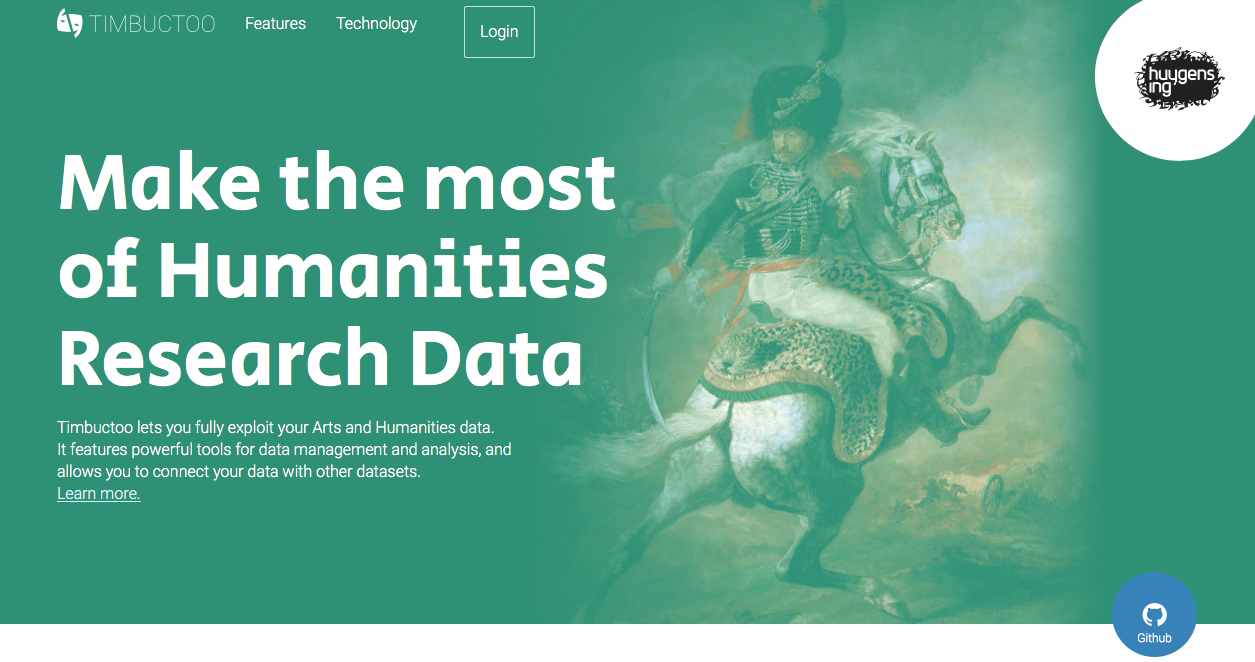
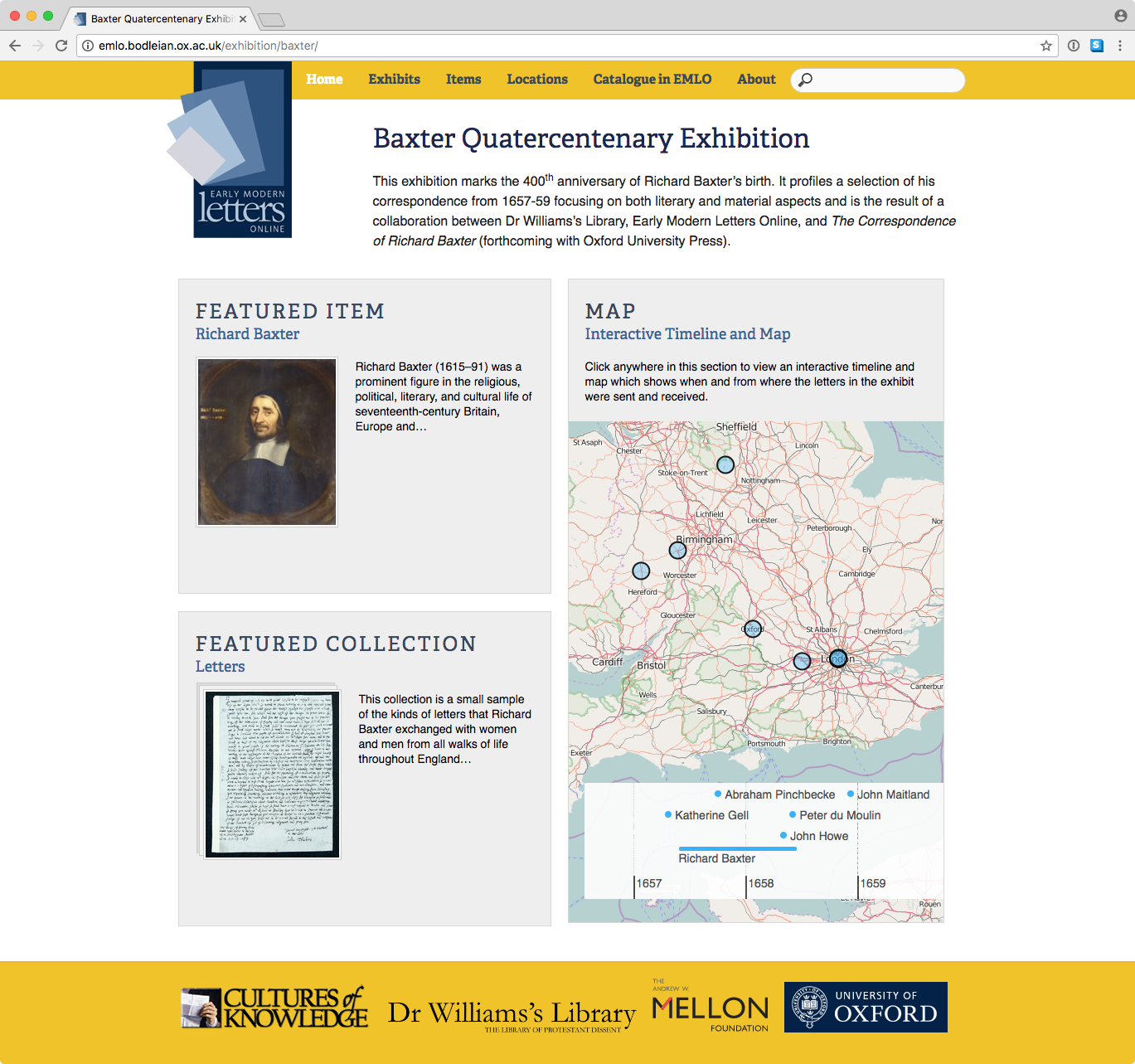
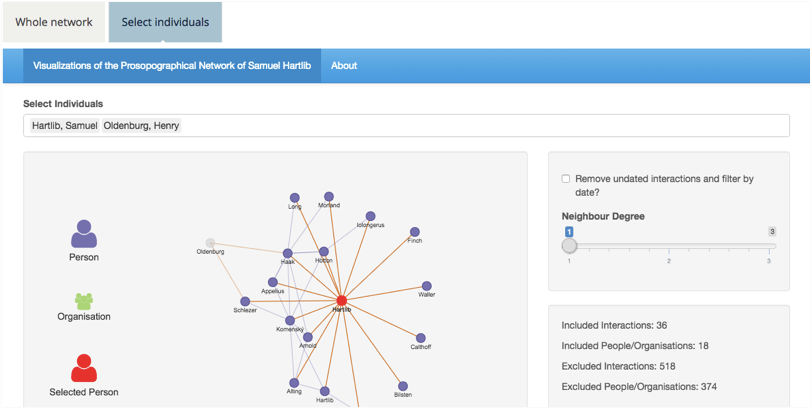
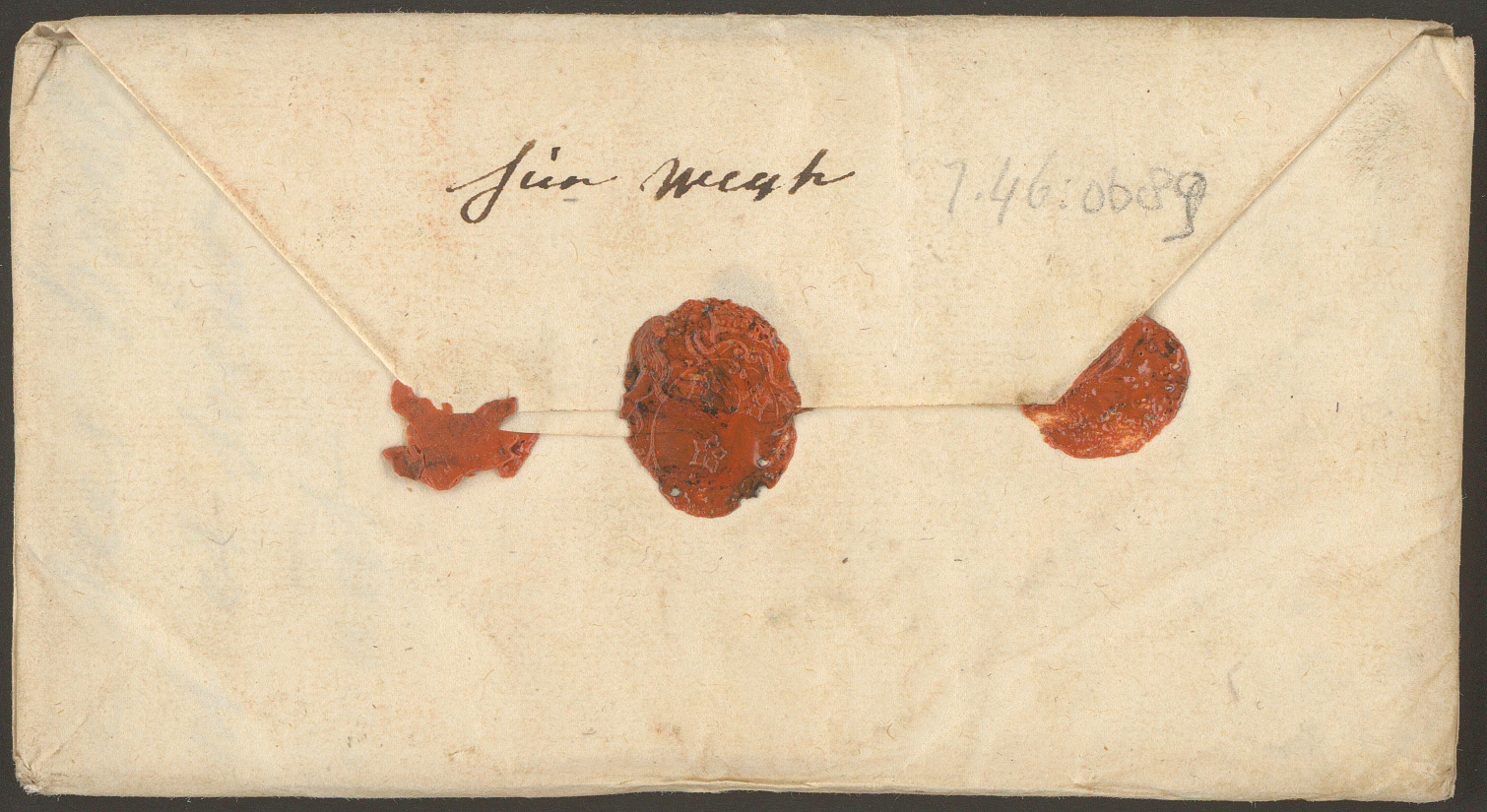
![Unopened letter sent to the marquise De Vienne in The Hague, to be handed to Gilliaume Descrote, cook to the count De Tillemette. (Museum voor Communicatie [MvC], The Hague; Brienne Collection, DB-0689)](https://www.culturesofknowledge.org/wp-content/uploads/2017/05/DB-0689_01.jpg)
